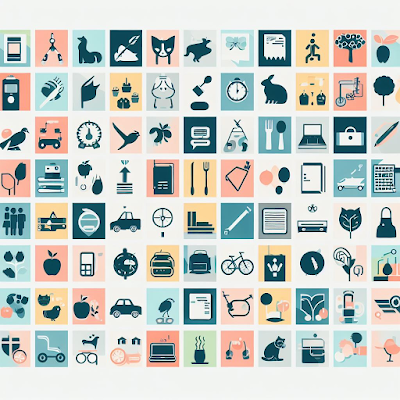Which customer should you sell your new product to?

This chapter deals with an interesting question. Who is the best customer for a new product? We have seen that typically new products will replace an existing product or service that is already doing a job for a customer. So the obvious answers would be the top customers for who the existing product is doing the job. But think again. They are top customers because they are happy with what they are getting and the incumbent is striving hard to delight them. If not then, then who? The bottom most customers? Almost there. But not quite. The bottom most customers don't need everything existing products have to offer and are grumbling about the price. And they are probably not attractive customers given the margin one makes on them. But they are still grudgingly getting what they want. They are not going to throw away the bird in hand for two in a bush. So who does that leave? The non consumer. But you may ask if they are the non consumer, then does it not mean they have no job to be do...


